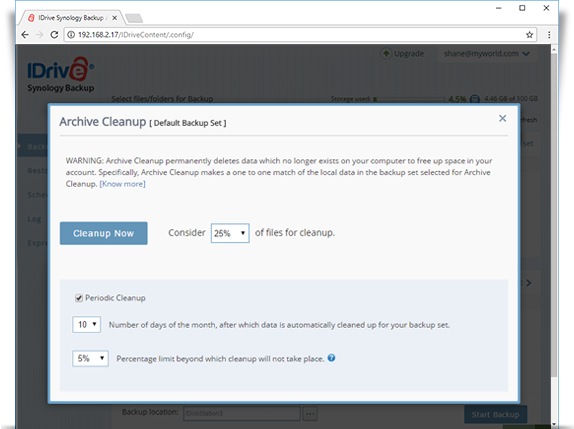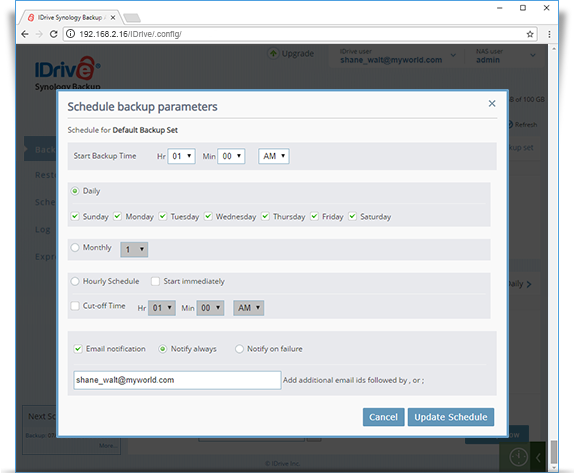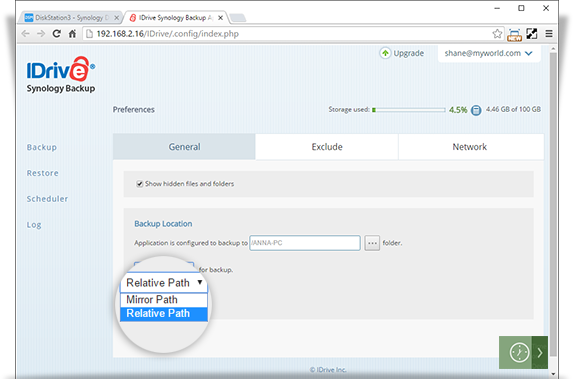
Thank you for the expertise and the suggestions!

Hard drives don't sustain half of their SATA bandwidth anyway so the storage industry did not bother with the slight mismatch between USB 3 (5Gbps) and SATA 3.x (6Gbps).

The bridges in SATA drive enclosures will not take advantage of Gen 2. USB 3.0 is the same as Gen 1 of 3.1/3.2 (5Gbps). I'm not such a fan of having extra parts in the data path, though they should work fine. Īlternatively you can use a USB A to USB C adapter. If it is a WD Mybook/Elements/Easystore or similar using USB 3.0 micro then get a cable like this. Will using an adapter to go from micro-usb to usb-c slow down the transfer rate?Īnd while we are talking about this stuff, which spec connector should I look for? USB 3.1 Gen 2? USB 3.2 Gen 1? Or what? The Macbook Pro has USB-C and no micro-usb. The drives I am looking at have micro-usb connectors. I am thinking of buying an 18 or 20 TB external drive to connect to my Macbook Pro (and also to my windows machine) for various storage purposes.

IDrive offers the following pricing plans: but I'd still like the option of more granularity. The advantage of this approach is simplicity, the disadvantage is a lack of flexibility. In the same way, all local files/folders are handled as a single backup set, again with no granularity. The only way to omit one would be to leave it unplugged. My understanding from the FAQ and help files, together with practical use of the system, is that all network/external drives are handled as a single backup set. For example - to set weekly backups for one external drive and daily backups for another. If backups are daily and no more frequent this shouldn't be an issue, but it could well cause problems (or at least confusion) if backups were more frequent.I would like to see more granularity in the backup scheduling.

I'm on the other side of the world and it seems nonsensical for me to schedule a 9 am backup on the 10th of November (10/11/22) to find that the system records it as being made at 3 am on 11/10/22. All timings by the software use PST (Pacific Standard Time) and a US format timestamp.


 0 kommentar(er)
0 kommentar(er)
